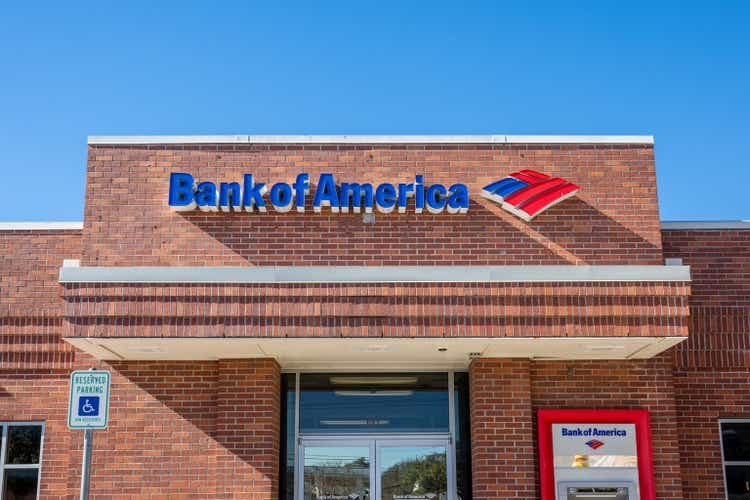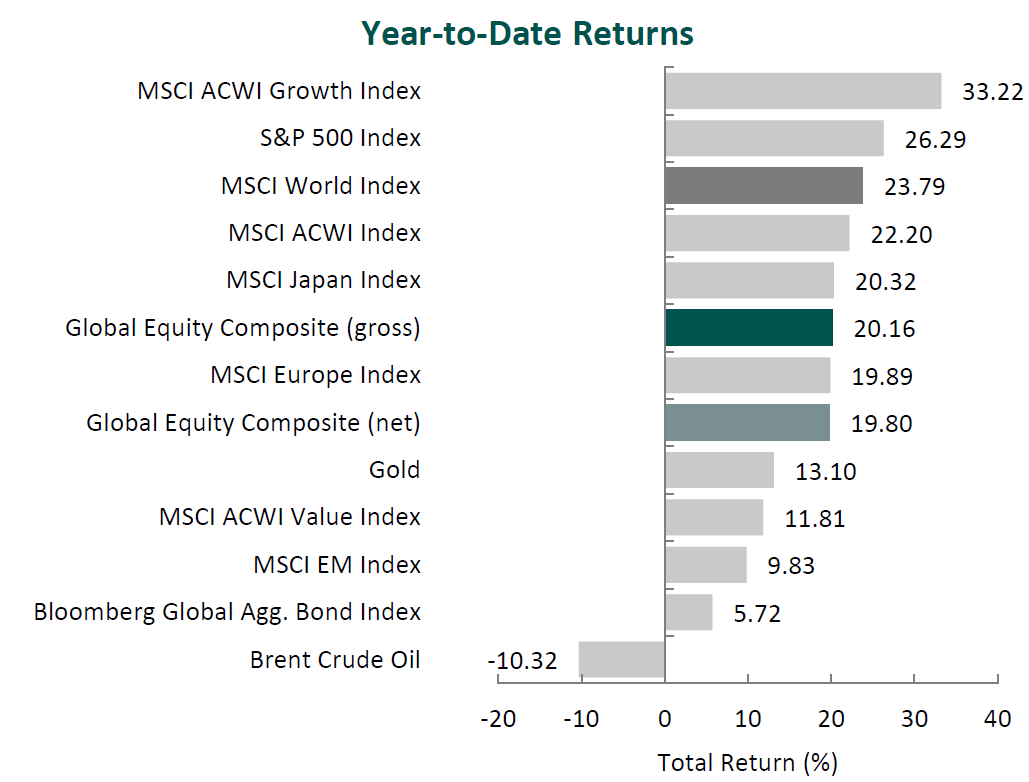The Transition to Transaction Fees: The Future of Bitcoin Mining
February 16, 2024 | by stockcoin.net

The transition from block rewards to transaction fees in Bitcoin mining is an important milestone for the cryptocurrency ecosystem. With Bitcoin halvings occurring every four years, the reward for miners decreases, ultimately leading to a cap of 21 million Bitcoins being mined in approximately 31 years. This gradual reduction is designed to maintain scarcity and increase the value of Bitcoin. However, as the mining rewards decrease, it can impact miners’ revenue and profitability, potentially leading to consolidation within the sector. To sustain revenue beyond block rewards, miners may need to explore opportunities in additional protocols and tokens that emerge in the crypto space. As the market matures and the volatility of Bitcoin decreases, it is important to temper expectations for future halving cycles.
1. Introduction
Bitcoin halvings, occurring approximately every four years, play a crucial role in maintaining the scarcity of Bitcoin. These events reduce the rewards paid to miners for validating transactions and creating new blocks on the blockchain. By gradually decreasing the rate at which new Bitcoins are introduced into circulation, halvings ensure that the total supply of Bitcoin remains limited.
Throughout history, halving events have had a significant impact on the price and overall market dynamics of Bitcoin. These events generate optimism among investors and lead to increased demand and trading activity. However, it is important to consider the potential challenges that miners may face as a result of the reduction in mining rewards.
2. The Scarcity of Bitcoin
Halvings are instrumental in maintaining the scarcity of Bitcoin. With every halving event, the number of new Bitcoins entering circulation is reduced. This gradual reduction ensures that Bitcoin remains a truly finite digital asset. As scarcity increases, so does its value.
The gradual reduction of new Bitcoins through halvings also has a direct impact on the supply and demand dynamics of the market. As the rate of new supply decreases, the demand for existing Bitcoins becomes relatively higher. This increased demand can contribute to positive price effects during halving events.
3. Historical Impact of Halving Events
Historically, halving events have been catalysts for positive price movements in Bitcoin. During the previous halvings, the price of Bitcoin experienced significant increases. This surge in price generated optimism among investors, leading to increased demand and trading activity.
However, it is important to note that the magnitude of price increases during halving events may diminish with each subsequent halving. As the market matures and becomes more efficient, the impact of halvings on price may become less pronounced. Nonetheless, halvings still remain significant events within the Bitcoin ecosystem, with market reactions and heightened volatility often observed during these periods.
4. Impact on Miners’ Revenue
One of the key implications of halving events is the reduction in mining rewards. As the rewards paid to miners decrease, their revenue stream undergoes a significant change. This reduction in mining rewards can directly impact miners’ profitability, especially if they have not prepared for the decrease in revenue.
To adapt to these changes, miners may need to consider various strategies, including cost optimization, efficiency improvements, and exploration of alternative revenue sources. The mining sector may also witness consolidation, as smaller miners struggle to maintain profitability in the face of reduced rewards. Additionally, emerging trends and technologies, such as more advanced hardware and optimized mining algorithms, may help miners navigate the challenges posed by halving events.
5. The Future of Bitcoin Mining
Once all 21 million Bitcoins have been mined, which is estimated to occur approximately 31 years after Bitcoin’s inception, the mining process will solely rely on transaction fees. This transition presents several implications for miners and the sustainability of the mining industry as a whole.
As the block rewards diminish, miners will need to adapt to a shift in their revenue sources. Transaction fees will become the primary source of income for miners, making it crucial for miners to develop strategies to maximize their fee earnings. This shift will require miners to carefully consider the transaction selection process and optimize their mining operations.
Ensuring long-term sustainability and profitability in mining will depend on miners’ ability to efficiently operate in this new landscape. It will also be necessary for miners to continue exploring diversification opportunities beyond Bitcoin to maintain a stable revenue stream.
6. Diversification Opportunities
The crypto space is constantly evolving, and numerous innovations and protocols are being developed. These advancements present opportunities for miners to diversify their operations beyond Bitcoin. By exploring and adopting additional protocols and tokens, miners can broaden their revenue streams and reduce their dependency on Bitcoin block rewards.
Opportunities for diversification can include participating in other blockchain networks, providing mining services for alternative cryptocurrencies, or even exploring partnerships and collaborations within the crypto ecosystem. These diversification efforts can help miners mitigate risks and maintain profitability in the face of changing market dynamics.
7. Challenges and Considerations
While halving events have historically been positive for Bitcoin, it is important to acknowledge the volatility of the cryptocurrency market and the maturing nature of the industry. As the market continues to evolve, the expectations for future halving cycles should be tempered. It is possible that the price effects of halving events may become less significant with each subsequent halving.
Miners should also take precautions to mitigate potential risks associated with mining operations. This can include implementing risk management strategies, closely monitoring market trends, and maintaining flexibility to adapt to changing circumstances.
Adapting to regulatory and legal landscapes is another consideration for miners. The impact of regulations on mining can vary across different jurisdictions, and compliance requirements can pose challenges. Understanding global perspectives on Bitcoin mining and staying informed about future regulatory developments is crucial for miners to ensure their operations remain compliant and sustainable.
8. Regulatory and Legal Landscape
The mining industry is subject to various regulatory and legal considerations. The impact of regulations on mining can range from licensing requirements to taxation obligations. Compliance with these regulations can pose challenges, especially in jurisdictions where the legal framework surrounding cryptocurrencies is evolving.
Globally, there are different perspectives on Bitcoin mining, with some countries embracing and supporting its growth, while others impose restrictions or bans. It is important for miners to closely monitor the regulatory landscape in their respective jurisdictions and adapt their operations accordingly. Staying informed about future regulatory developments can help miners navigate the legal complexities and ensure their long-term viability.
9. Environmental Concerns
Bitcoin mining has often faced criticism for its energy consumption and carbon footprint. As mining operations require significant computational power, they consume substantial amounts of electricity. This has led to concerns regarding the environmental impact of Bitcoin mining.
In recent years, sustainability efforts within the mining industry have gained traction. Miners are increasingly exploring renewable energy sources and adopting energy-efficient mining practices. The use of renewable energy can reduce the carbon footprint associated with mining operations, promoting a more eco-conscious approach to Bitcoin mining.
Balancing mining profitability with environmental considerations is a challenge that requires continuous innovation and collaboration within the mining industry. As the industry progresses, it is essential for miners to prioritize sustainable practices and contribute to the overall reduction of the environmental impact associated with Bitcoin mining.
10. Conclusion
Bitcoin halvings play a crucial role in maintaining the scarcity of Bitcoin and have historically had a significant impact on its price and market dynamics. While subsequent halving events may witness diminishing price increases, they remain important events within the Bitcoin ecosystem.
Halving events present challenges for miners, with the reduction in mining rewards impacting their revenue and profitability. Miners need to adapt to these changes, explore diversification opportunities, and prepare for a future where transaction fees become the primary source of income.
Mitigating risks, adapting to changing market dynamics, and staying informed about regulatory developments are crucial for miners to ensure the sustainability of their operations. Miners should also prioritize environmental concerns by adopting sustainable practices and exploring renewable energy sources.
The future of Bitcoin mining holds both opportunities and challenges. By embracing innovation, diversifying revenue sources, and balancing profitability with environmental consciousness, miners can navigate the evolving landscape of Bitcoin mining and continue to contribute to the growth of the crypto space.

RELATED POSTS
View all





